-
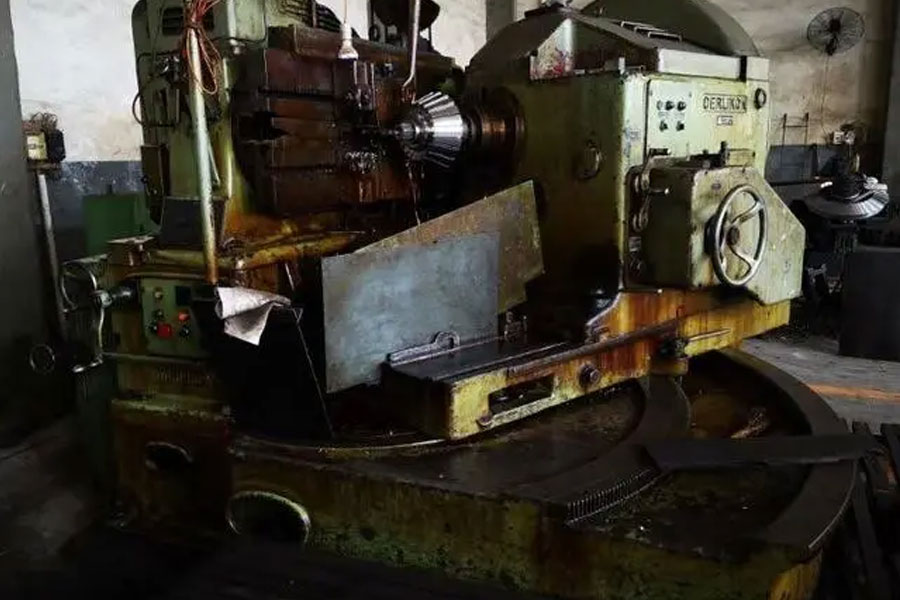
Introduction to the machining of difficult-to-cut materials
This paper introduces what is a hard-to-cut material, factors affecting the machinability of materials, and cutting characteristics of hard-to-cut materials. The basic concept of improving the machinability of hard-to-cut materials. 1 What is a hard-to-cut material? It is a material with poor machinability. General material performance greater than or less than this indicator (hb>;250, σb>;1000mpa,…
-
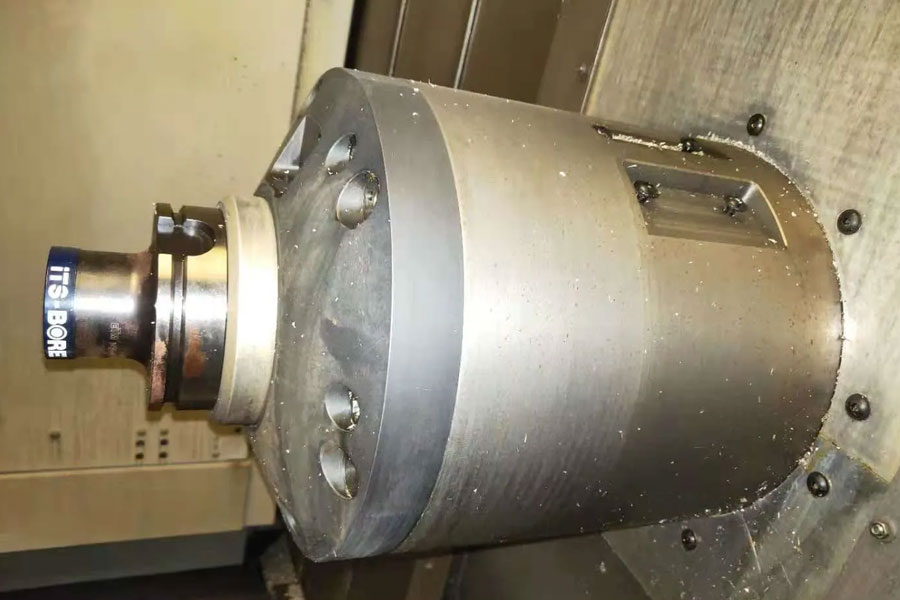
Carbon Steel Turning Guide
The feasibility of using carbon steel depends on whether its mechanical properties (such as tensile strength, yield strength, fatigue strength, impact resistance, and required heat treatment) are suitable for making a certain part. If the properties of carbon steel can meet the requirements of a part, most users will choose carbon steel because it is…
-

8 Kinds Of Common Materials For Precision CNC Machining
Popular materials chosen by precision machining service providers High precision CNC precision machined parts can be made from a variety of materials, as listed below. Aluminum. Considered exotic in manufacturing, aluminum is probably the most widely used CNC milling material. The ability to machine faster than other materials makes aluminum a more useful material for…
-
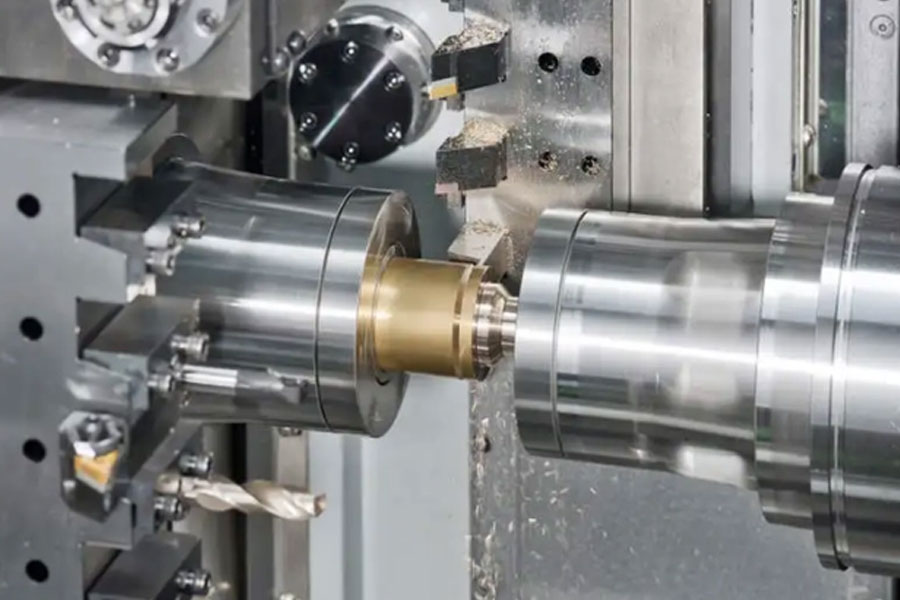
The History Of CNC Machining Technology
Until the 1950s, CNC machines operated primarily on data derived from punched cards, which were still largely manufactured through painstaking manual processes. The turning point in the evolution to CNC was when the cards were replaced by computer controls, which directly reflected the development of computer technology, as well as computer-aided design (CAD) and computer-aided…
-

Commonly Used Machining Methods For Ceramic Parts
Ceramic parts have the characteristics of extremely high hardness and good wear resistance and corrosion resistance. What are the commonly used china cnc machining methods for ceramic parts? Next, Kezhong Ceramics will introduce to you. 1. Turning of ceramic materials The turning process is mainly to use diamond tools to cut ceramic materials with high…
-

Sheet Metal Machining Antistatic (ESD) Cabinet
ESD (electrostatic discharge) is an abbreviation for electrostatic discharge. Non-conductive objects generate static charges by friction, heating, or contact with other electrostatically charged objects. When an electrostatic charge accumulates a gradient (electric field gradient) in a particular electric field, it will lead to an arc, or attractive force (mechanical attraction). The phenomenon in which energy…
-
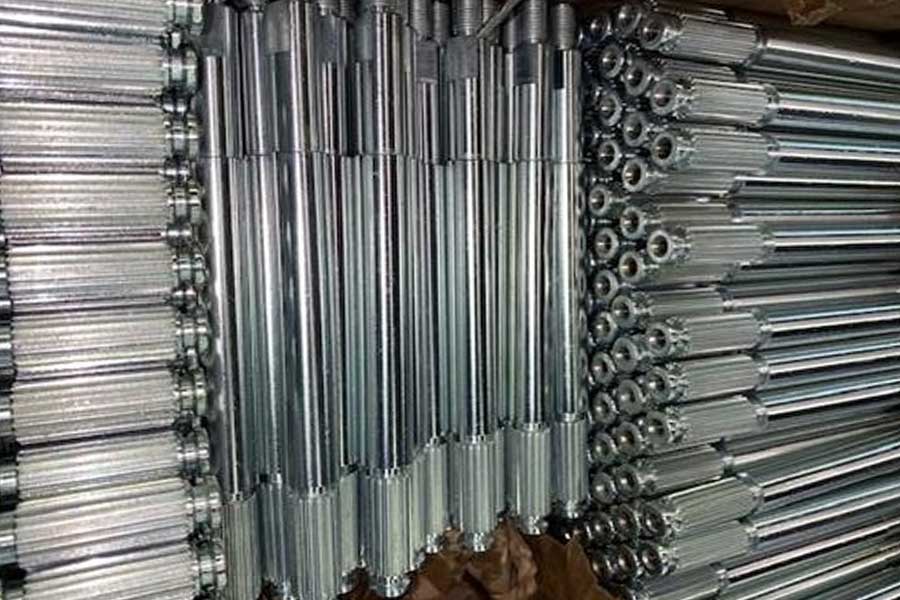
How to choose different tools for high speed precision machining of stainless steel parts
Reasonable choice of tool material is an important condition for high efficiency machining of stainless steel. According to the cutting properties of stainless steel, the tool material is required to have good heat resistance, high wear resistance, and a small affinity with stainless steel. Currently commonly used tool materials are high speed steel and cemented…
-
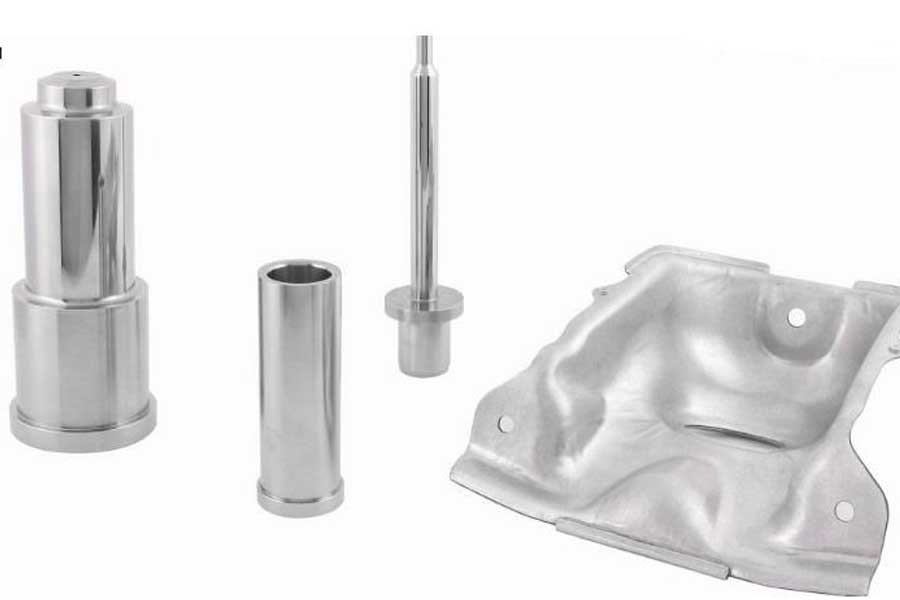
Talking about the Application of Beryllium Copper in Plastic Mould
Nowadays, more and more beryllium copper mold materials have been used in the manufacture of plastic molds, and there is a rising trend. What is the reason for this phenomenon? Let me learn about the use of beryllium copper in plastic molds with the editor, and why.
-
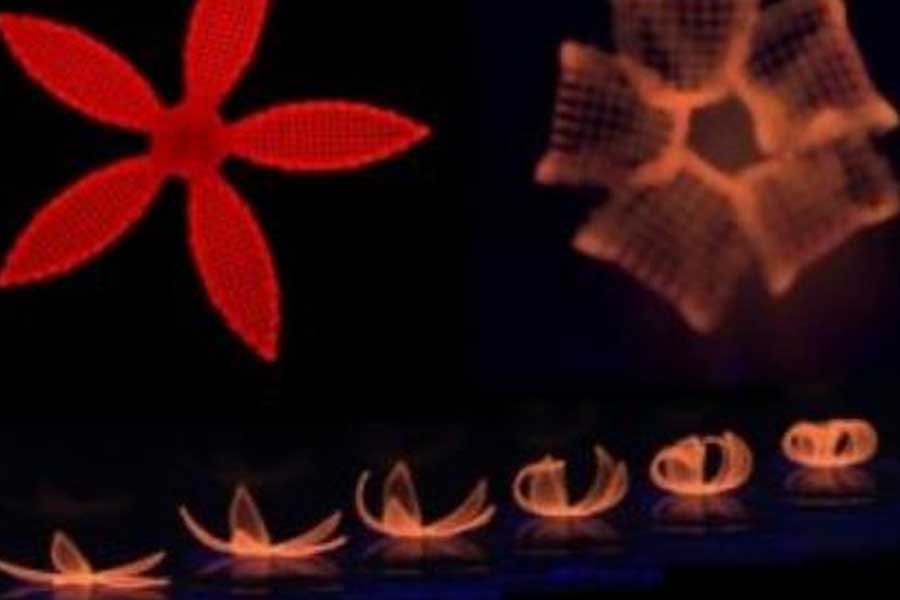
What are the advantages of CNC turning and milling processing?
Compared with conventional CNC titanium machining processes, the outstanding advantages of turning-milling combined machining are mainly manifested in the following aspects:
-
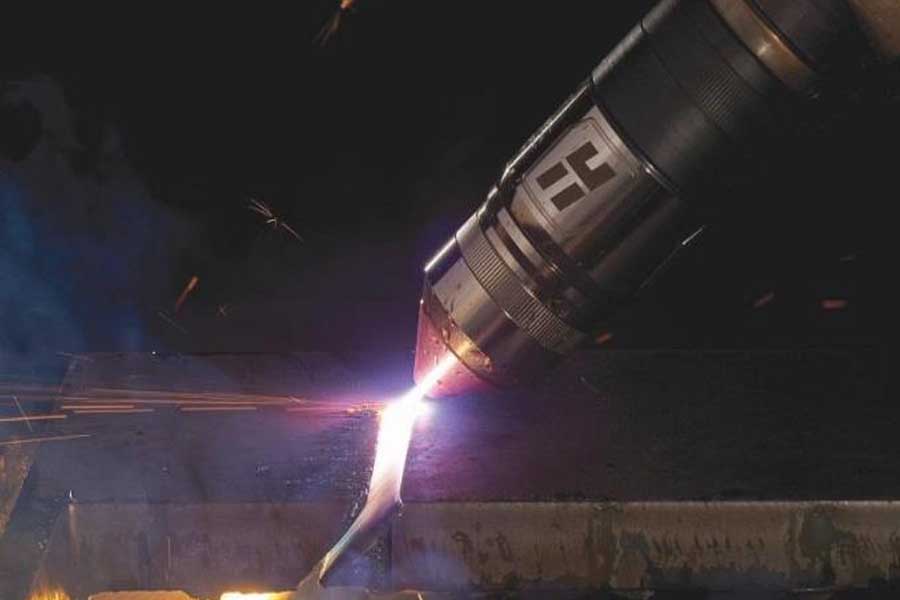
Detailed types of mechanical metal parts
Metal materials 1. Cast iron Cast iron and steel are both iron-carbon alloys. The main difference between them lies in the carbon content. Iron-carbon alloys with a carbon content of less than 2% are called steel, and those with a carbon content of more than 2% are called cast iron. 2. Steel Compared with cast…
-
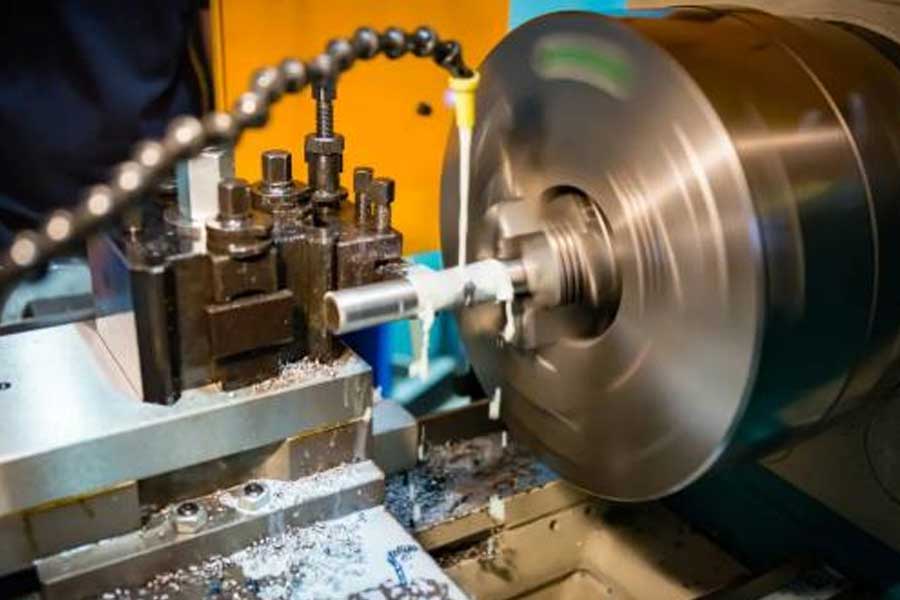
The production process of precision parts
Precision parts processing is a complex and rigorous process, which is composed of each step-by-step process. So what are the specific points of precision parts processing? The production process of a machine refers to the entire process of making a product from raw materials (or semi-finished products). For machine production, it includes the transportation and…
-
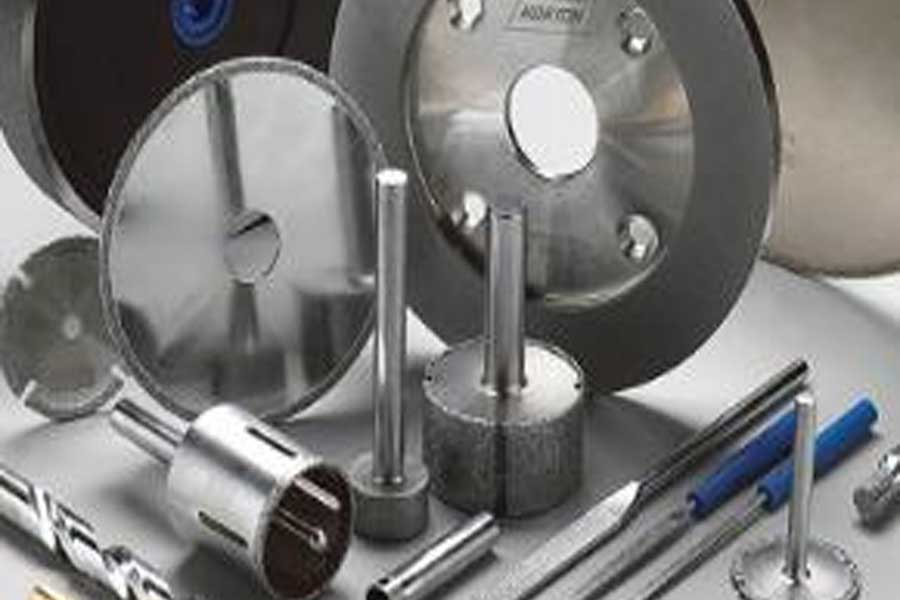
Molding temperature and plating
Plastic molds have poor fluidity of PC/ABS materials at lower injection temperatures, and the injection molded products have greater internal stress. The stress is released during the coarsening process, and the product is not uniformly etched, which leads to poor electroplating appearance and electroplating bonding. When poor conditions occur, PTJ Plastic Mould Factory will teach…

